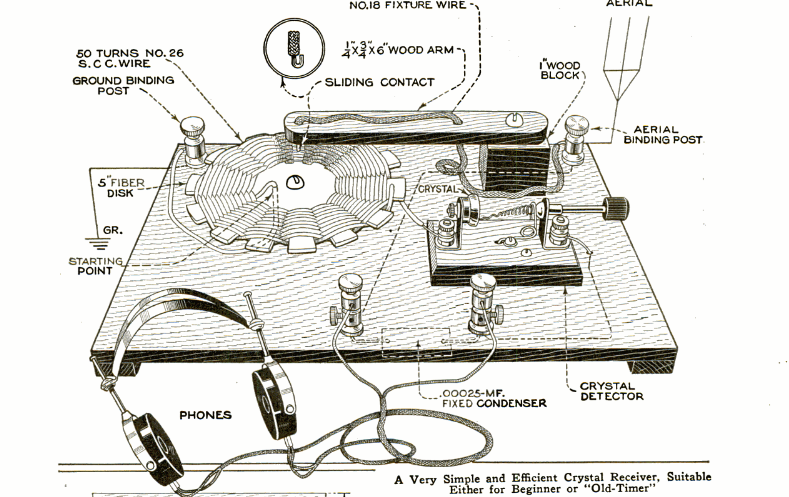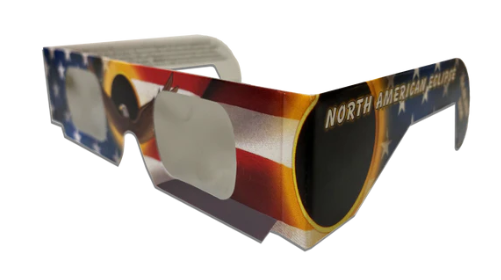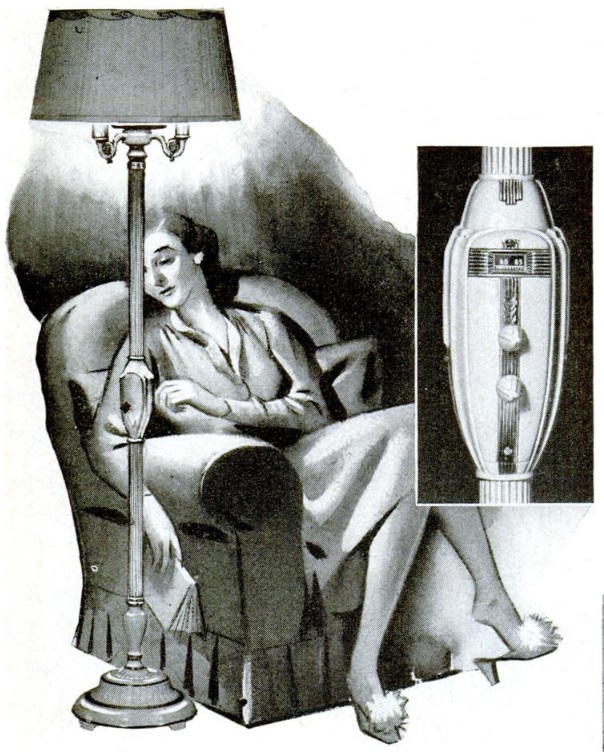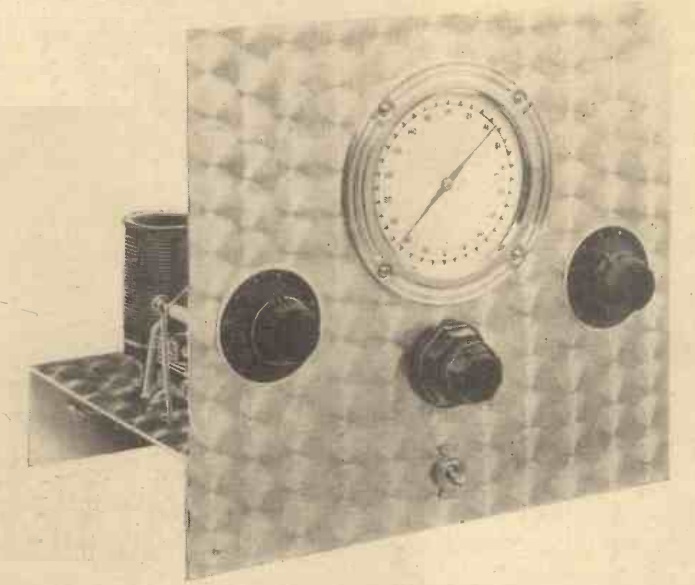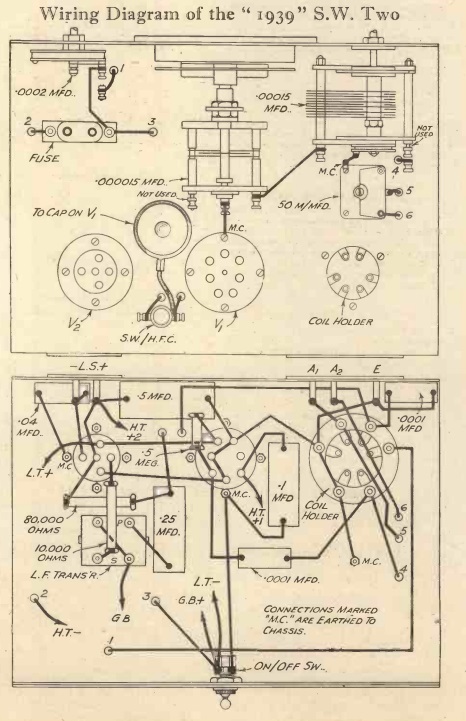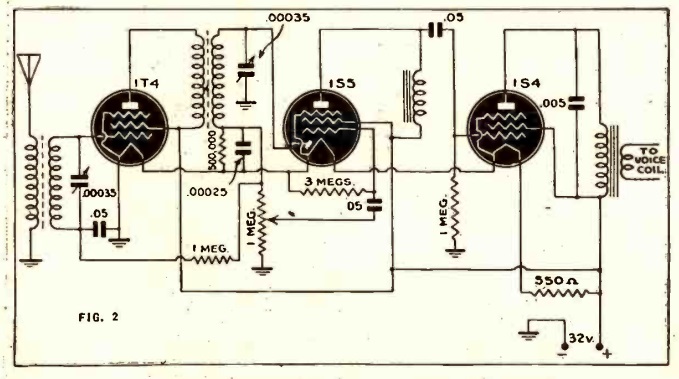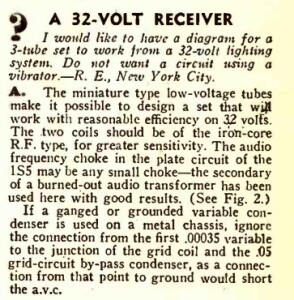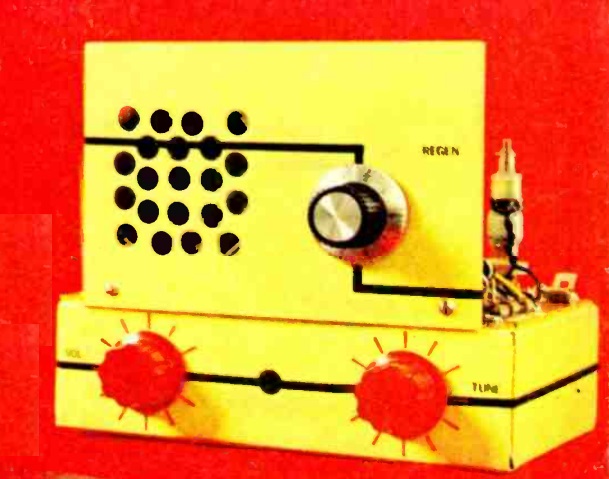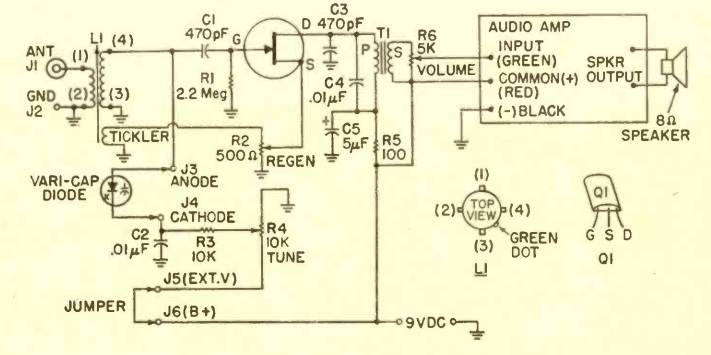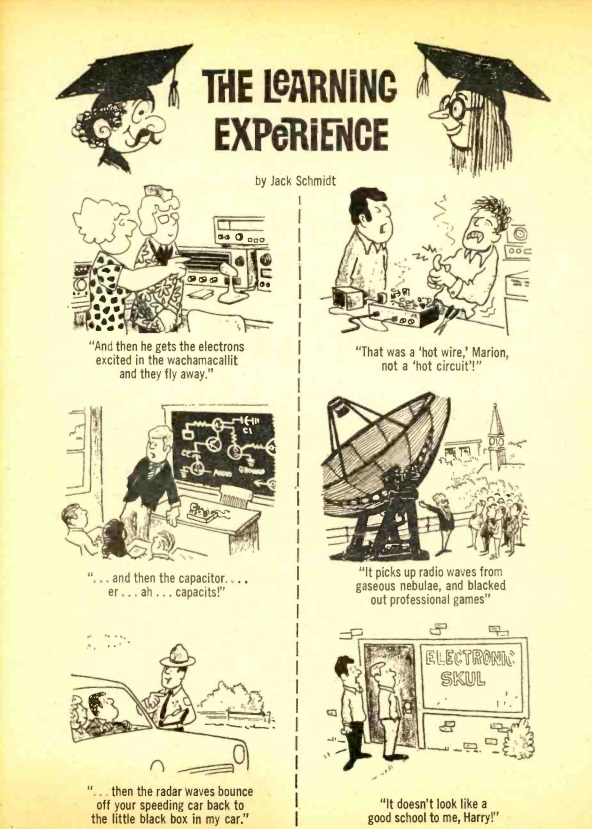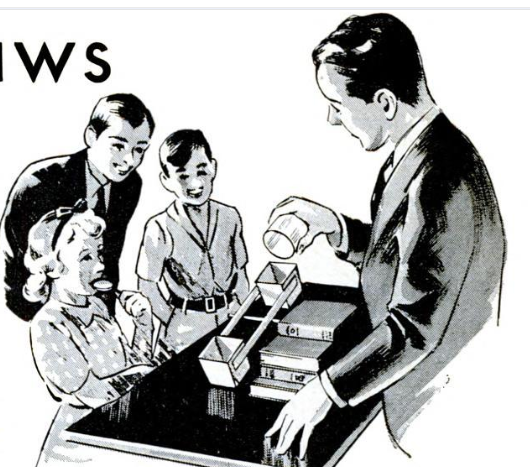 If Junior is looking for an easy-to-construct science fair project, this one from the January 1939 issue of Popular Science is certain to bring home the blue ribbon. It answers the question of whether gasses can be weighed.
If Junior is looking for an easy-to-construct science fair project, this one from the January 1939 issue of Popular Science is certain to bring home the blue ribbon. It answers the question of whether gasses can be weighed.
Junior should carefully construct two boxes made of paper, and make them into the balance shown here, so that the slightest weight tips the scale. Then, some invisible gas is poured into one of the boxes, and that side of the scale moves down, demonstrating that the invisible gas is, indeed, heavier than air and can be weighed.
As for the gas to use, the magazine recommends carbon tetracholoride. Of course, that’s dangerous stuff, and would result in the hazmat team shutting down the science fair. Instead, for almost as good a reaction, some carbon dioxide gas can be quickly produced by mixing a little vinegar and baking soda in a tall glass. We showed how to do a similar experiment in an earlier post, and Junior might want to do both.


